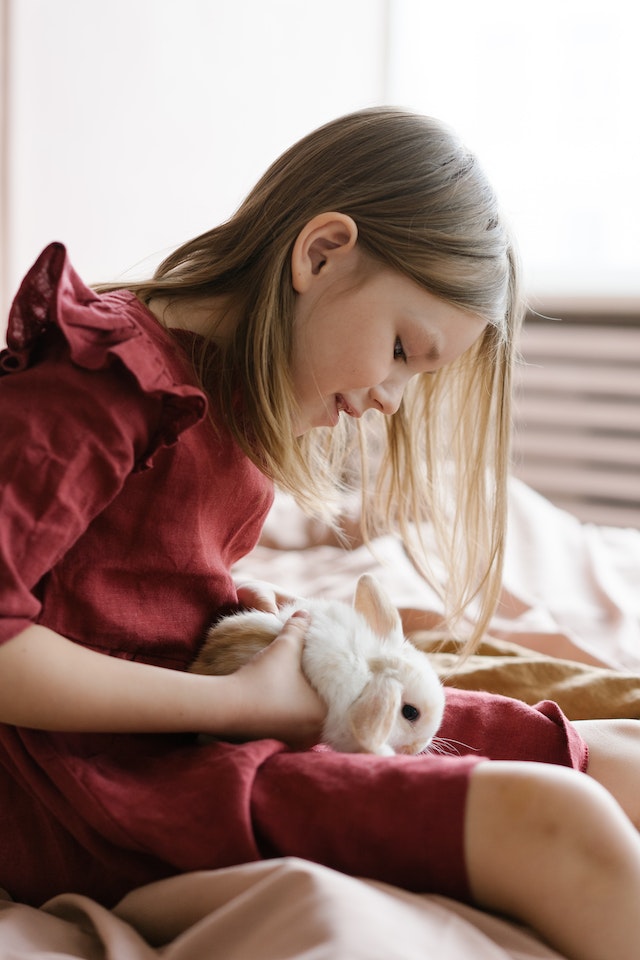All parents want their children to grow up and be kind, empathetic, and compassionate individuals. But why is that ‘kindness’ so important? What are the advantages of teaching children to be kind?
Primarily, kindness is foundational for building positive relationships with others. When children learn to be kind, they develop perspective, empathy, and understanding for others. While seeing things from someone else’s perspective, they start being more tolerant, patient, tolerant, and respectful of differences.
Also, Kindness has a ripple effect. When children are kind to others, it can create a positive impact and inspire others to do the same. Overall, it builds a positive environment where everyone feels respected and valued.
The benefits of kindness go way beyond just the social aspect. Research has shown that kindness has a positive impact on a child’s overall well-being and mental health. When children regularly engage in acts of kindness, they experience a shift in frequency or mood and a decrease in anxiety and stress levels.

Kindness can also play a crucial role in increasing a child’s confidence and sense of self-worth.
Teaching children to be kind doesn’t have to be difficult. Here are some very simple strategies that parents can use to inculcate kindness:
- The act of modeling: Children learn by observing their parents, so parents need to ensure that they model kindness in their behavior.
- Gratitude: Help your child to show gratitude for the people and things in their life. This can encourage them to appreciate others and develop a positive outlook on life.
- Giving back: donating or volunteering to a cause can help children see the impact of their little acts of kindness on others and the ripple effect it causes to the world around them.
- Empathy: Help your child to see things from another perspective. Encourage them to understand that every person has unique challenges and experiences.
- Acknowledge kindness: When you see your child being kind to others, positively reinforce the action by acknowledging and praising their behavior. This can encourage their positive actions and help them to continue being kind.

To help reinforce these ideas, parents can use positive affirmations with their children. Here are some examples:
- I am a kind and caring individual.
- I am grateful for the people and things in my life
- I help others whenever I can.
- I make a difference in the world through my little acts of kindness.
- I always treat others the way I would like to be treated.
You can also download a free printable: Bee-Kind worksheet to help children build a habit of kindness, empathy, and compassion. This tool provides an engaging and fun way for a child to understand more about kindness and put into practice different acts of kindness.
Some kindness ideas that a child can perform are:
- Writing a gratitude note to someone who has earlier helped them.
- Sharing their toys with a friend or a sibling.
- Complimenting someone for a job done well.
- Holding the door open for someone.
- Helping someone who is facing challenges with a task.
Helping children to learn to be kind is a crucial part of their overall development. By communicating the importance of kindness, parents can help their children improve their mental health, build positive relationships, and make a positive impact on the people and the community around them.

